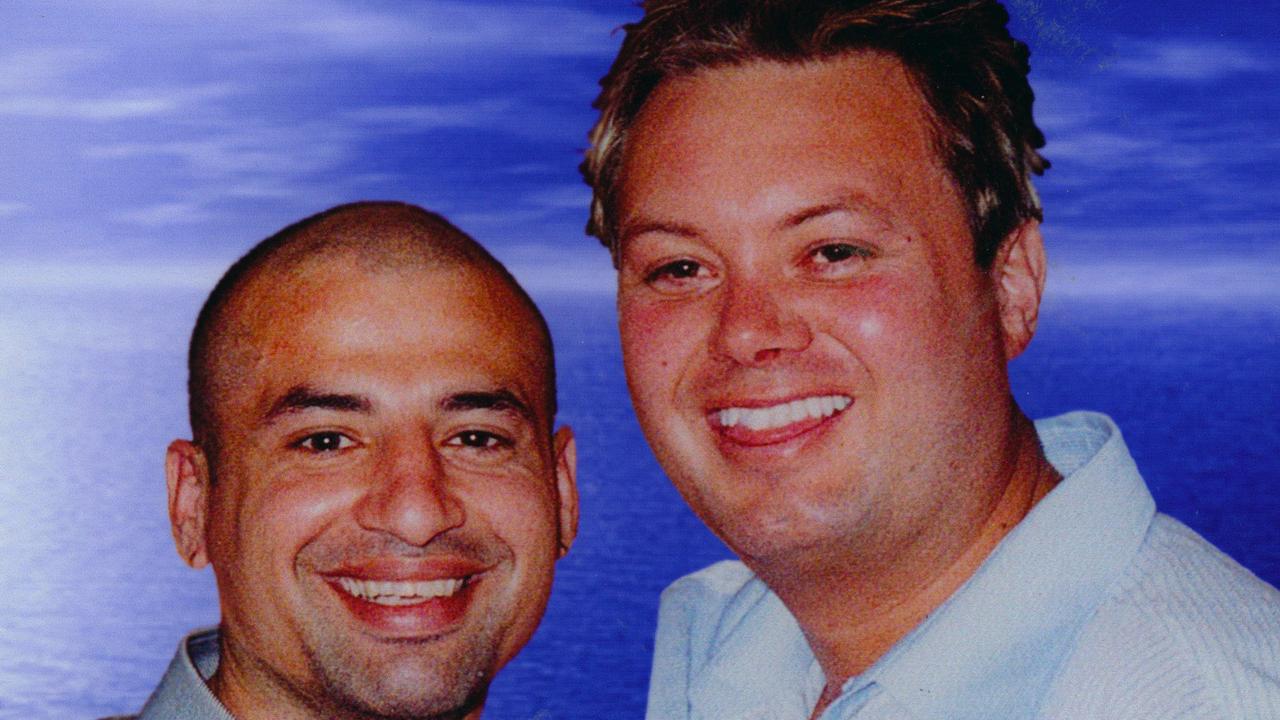Beauty queen teen Bronwynne Richardson killed and dumped in Murray River
When parents Stan and Noelle Richardson drove by a car parked by the river they simply thought someone was fishing. It was only after their murdered daughter’s body was found at the spot they realised they’d likely passed her killer.
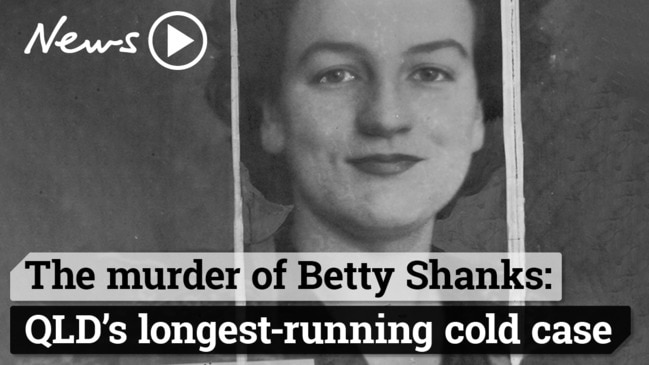
Book extract
Don't miss out on the headlines from Book extract. Followed categories will be added to My News.
When parents Stan and Noelle Richardson last saw their beauty queen daughter alive she was excited about taking part in her biggest pageant yet.
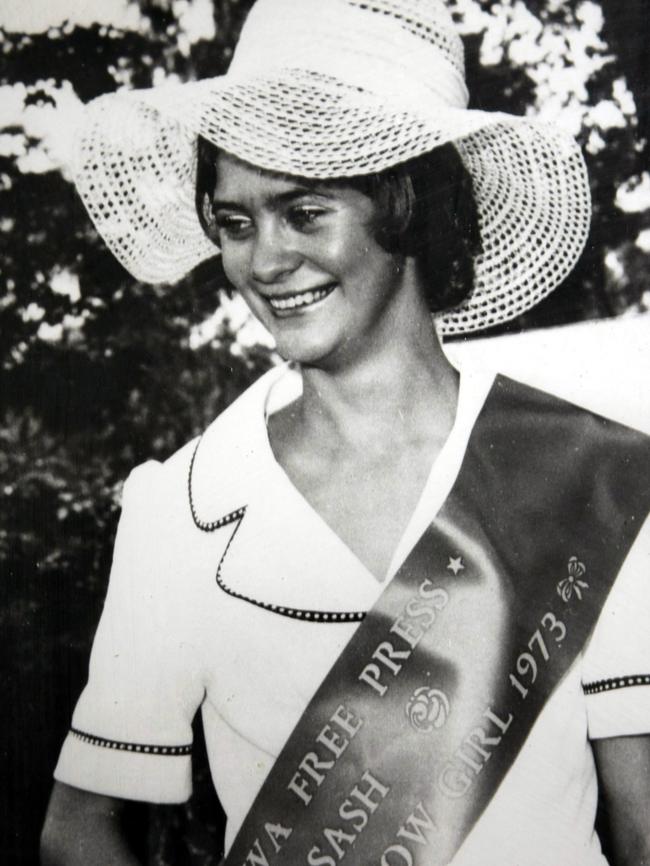
But 17-year-old Bronwynne never made it to the event that night, and, as her family frantically awaited news of her, a policeman whose children she babysat identified her body.
The teenager had been abducted, raped and murdered and dumped in the Murray River on the NSW-Victoria border.
Her family would bury her in her favourite white satin debutante dress.
In the edited extract from Unsolved Australia: Lost Boys, Gone Girls, below, author Justine Ford examines the case — one of 13 explored in the book — as police promise to never stop hunting Bronwynne’s killer more than 45 years on.
Milica Trailovic murder: Detail that haunts detective Narelle Fraser
Cold case: $1m reward over murdered 16-year-old buried on beach
Book extract: Northern Territory stoners’ plot to kill exposed in texts
THE Richardson family’s nightmare began on Friday, 12 October 1973. It was a still night — or at least it felt like one — as Stan drove Noelle and Fiona (Bronwynne’s sister) to a relative’s birthday party in Albury. On their way, they drove past Horseshoe Lagoon, a daytime swimming hole on the Murray River, where they noticed a car with its headlights on. The scrubby nature reserve would otherwise have been pitch-black. ‘Somebody’s fishing late tonight,’ Stan remarked, and kept driving.
Once at the party, the Richardson trio put the odd sighting behind them and happily greeted their family and friends. But no sooner were the celebrations in full swing than the phone rang. It was a policeman wanting to speak to Stan. After putting the phone to his ear, Stan’s eyes began darting around the room. It turned out that someone had handed in Bronwynne’s handbag and it was down at the police station.
It might have seemed to the police like a simple case of a lost and found handbag, but the Richardsons had a strange feeling about it. Bronwynne always took such good care of her belongings and hadn’t been known to lose or misplace anything before, especially in the street. The last time Stan and Noelle had seen Bronwynne was when they’d caught up with her for a quick bite to eat earlier in the day while she was on her lunch break from Coles. ‘She was lovely, excited and nervous about going to the Belle of Belles Ball,’ Noelle says. ‘She had a new frock to wear. It was pink, water-weight taffeta. It was beautiful.’
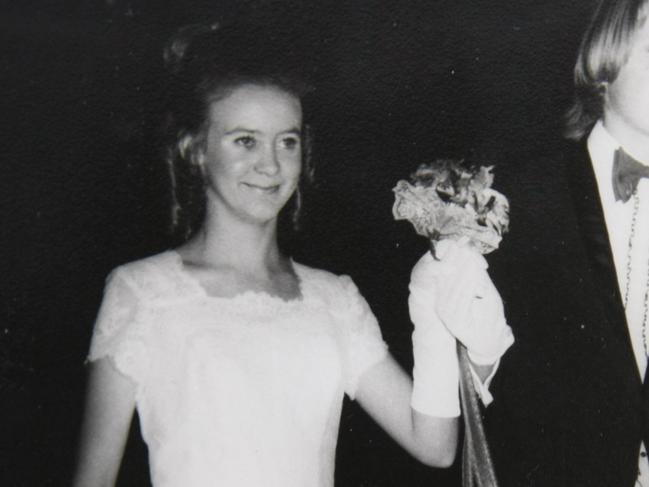
The Belle of Belles Ball — to be held in nearby Coreen that night — promised to be Bronwynne’s grandest pageant yet. She was to compete against other winners for a coveted regional title. With kitten heels, frosted lips and beneath a mist of Cedel, each girl would take her place on the stage, proudly representing her hometown. Bronwynne longed to win, but even if she didn’t, she planned to enjoy the company of the other girls, the music and the dancing. They were innocent times and innocent country girls.
Unable to enjoy the party after the perplexing phone call, the Richardsons left straightaway. ‘Stan, myself and Fiona went to the police station,’ Noelle remembers. ‘We said who we were and they said the handbag had been handed in at the Smollett Street Catholic Church.’ A woman had found the bag in the driveway of the presbytery and, after playing bingo in the church hall with her friends, handed it in to the police. The Richardsons took the bag and headed home, planning to give it back to Bronwynne when they next saw her. Still, they felt uneasy.
Back in Corowa, the Richardsons tried to work out how Bronwynne might have lost her handbag near the church, which was opposite the Coles supermarket where she worked. It was pointless phoning her landline because no one would be home; Bronwynne could well be up on stage at the ball and (her brother) Garrie and (his girlfriend) Julie (whom she boarded with) had gone to Myrtleford in Victoria. ‘We were upset and mystified,’ Noelle says. ‘We didn’t sleep.’
By one o’clock the next day, when Noelle had not heard from Bronwynne, she started to panic. Surely Bronwynne would have rung to let her know if she’d been crowned the Belle of Belles?
No one else had heard from her either. ‘It was unusual because she always kept us informed where she was at all times,’ Noelle says.
The worried mum phoned Bronwynne’s boyfriend who said she hadn’t turned up at the ball. The Richardsons rushed to their local police station to report her missing but were told — erroneously — that they should make the report at Albury Police Station instead.
From that moment on, every passing moment seemed critical.
For all Noelle and Stan knew, their daughter’s life was hanging in the balance and there was no time to lose. They had to get to Albury Police Station fast — but what if something happened to Bronwynne in the forty-five minutes it took to get there?
Her head pounding, Noelle called her son Robert and asked him to go around to Bronwynne’s while they drove to Albury.
Robert raced over to his sister’s place but she wasn’t there. Then he made a worrying discovery that suggested she hadn’t even made it home after work to prepare for the ball. ‘Her dress was still hanging on the back of the door,’ Noelle says grimly. It was in pristine condition and had not been worn.

The Richardson family filed the missing persons report at Albury, as directed. ‘That’s when the police got fair dinkum about looking for her,’ Noelle says.
In the meantime, Stan was doing his own detective work.
His first stop was the church presbytery where his daughter’s bag had been found. He didn’t have to search for long before he made a disturbing find — a black corduroy shoe belonging to Bronwynne. There was also a copy of Dolly — Bronwynne’s favourite magazine — strewn on the ground at the scene. It was probably hers too.
Already petrified by now, Stan then spotted something even more ominous in the form of scrape marks along the footpath.
Examining them more closely, it looked to Stan as though someone had been dragged from the footpath onto the road. In that moment he felt certain his daughter had been abducted, and from that very spot. Could he and Noelle find her, or was it too late?
‘I don’t know if we were on automatic, I don’t know,’ Noelle says. ‘It’s very scatty, that part of looking for her, not knowing where to go, what to do. I wasn’t the nervous type, I took things in my stride, but it was unbelievable.’
What happened next was even harder for the Richardsons to fathom. The following morning, on returning to the police station in Albury, they received the news they’d been dreading.
Bronwynne was dead; her bruised and ravaged body had been found dumped like illegal garbage in the Murray River. The policeman whose children Bronwynne babysat had identified her body.
‘All I remember was the screaming. I was screaming, Stan was screaming,’ Noelle says. ‘And from that day on it’s been sort of like living in Hell.’
When her body was found, Bronwynne was wearing only a purple jumper. A section of her pantyhose was tied around her left ankle, perhaps to restrain her. Her vagina appeared to have been bleeding, suggesting sexual assault. It was clear that what happened to her was no accident.
Making the appalling situation worse for the Richardsons was being told where Bronwynne’s body had been found: Horseshoe Lagoon. They felt sick when they realised that the car they’d seen there with its headlights on may not have belonged to a fisherman after all. More likely, Noelle thought, it belonged to someone involved in her daughter’s murder. ‘We didn’t know at the time, but we were probably driving past Bronwynne …’

Noelle, the daughter of a World War One soldier who fought in the trenches of Passchendaele, had always considered herself part of the ‘stiff upper lip generation’, but not anymore. ‘We cried all our tears,’ she says. ‘We had no more tears to give.’ Their faithful family doctor did what he could to help. ‘We were doped to the hilt. It was the doctor’s way of protecting us.’
Two post-mortems, which clarified Bronwynne’s injuries, illustrated the brutality of the fatal attack on her. She had cuts and bruises on her face, body and limbs as well as haemorrhages in her eyes, neck and tongue. Her hymen was bruised and torn, confirming she had been raped. The pathologist found the cause of death to be the result of ‘pressure on the neck and drowning’.
It is Noelle’s understanding that her daughter put up a fight, clinging onto a willow tree in the lagoon for dear life. ‘She was badly marked from that,’ Noelle says, hoping Bronwynne would not have been aware when she was submerged in the water. ‘She was unconscious because of the markings on her neck.’
Later, when Fiona was given a copy of the forensics report, she feared other unimaginable details within. ‘To this day, I’ve never opened it,’ Fiona says. And why would she? The whole family had already imagined — in vivid detail — the violent events that led to Bronwynne’s death. Stan in particular did not need more information about his daughter’s injuries because from the day he found out she was murdered he was never quite the same. ‘When Bronwynne died my father went grey, literally overnight,’ Fiona says. ‘It really hit him bad.’
Homicide detectives, from what was then known as the New South Wales Special Crime Squad, were dispatched from Sydney to Albury to lead the investigation into Bronwynne’s murder and work with local police. They combed over the crime scenes, made an appeal for information from the public in the local paper and spoke to locals. They figured someone must know something.
They found out that on Friday, 12 October Bronwynne finished work at Coles around 5.45pm. A friend of her boyfriend had agreed to pick her up but was late after making a simple mistake: he’d thought he was meant to collect Bronwynne from home, not work. Bronwynne had waited in the supermarket car park with other staff members but after a while she became agitated that her lift had not turned up. This was, after all, her big night — the Belle of Belles Ball!
Tired of waiting, Bronwynne crossed from the northern side of Smollett Street to the southern side near the church.

A witness told police she saw a young blonde woman in Smollett Street on the evening of Bronwynne’s disappearance and had a feeling from God that she was in grave danger. She recalled seeing two cars and said she’d watched the young woman run onto the road and appear to talk to someone. Was it Bronwynne? And if so, who had she been talking to?
There were numerous other witness accounts, but the most chilling came from a man who actually saw the abduction, which he said had occurred at about five past seven, based on what had been on television when he’d left his house. He said that as he drove down Smollett Street he saw a group of people who appeared to be scuffling near a car, which was angle-parked. He then saw someone being bundled into the car. At the time he’d figured the group was just mucking around. Later it appeared likely he had witnessed the prelude to Bronwynne Richardson’s murder.
Believing the man to be a truthful witness, the police circulated his description of the car allegedly involved in the abduction — a green FB Holden — in the media. The detectives at the time did not find who owned it but Fiona, at just four years old, sensed it was important. From that time on, whenever she went on family trips in the car she peered out the window in the back seat looking for clues. ‘I knew there was a car involved so I wrote down the number plates of all the cars that we passed,’ she says. After every trip Fiona ended up with a ‘big long list of number plates’. Maybe one of the drivers was the person who’d taken her sister away, she thought. Her junior detective work didn’t amount to anything but it gave her something to cling to: hope.
****
‘Our promise is that this case will not be forgotten,’ (NSW Homicide Squad Commander) Detective Superintendent Scott Cook says. ‘The only time I can see this coming off our books is when everyone involved is a hundred and twenty years old. Until that point it will keep getting looked at.’
Even though Bronwynne was murdered as long ago as 1973, Scott is convinced whoever did it is still out there. ‘Why should they be free after what they’ve done to Bronwynne? Why should they be free?! They need to answer for what they did to her for the community’s sake, for the family’s sake.’ One thing’s for sure, Scott believes if anyone can still solve it, the New South Wales Unsolved Homicide Team can. ‘They’re absolutely meticulous. They are so involved in the cases that they want to see every single case through to finality. Sometimes I have to drag them off matters to investigate others. They are like dogs with bones. They are one hundred per cent committed, to their own detriment.’
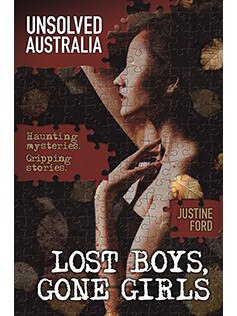
But realistically, can the murder of Bronwynne Richardson be solved after so many years? ‘I’m hopeful,’ Scott says. ‘As long as there’s opportunity, there’s hope.’ He hopes someone might still come forward with information and he doesn’t care how inconsequential it might seem; he just wants the team to be given the opportunity to investigate it. He also hopes the passage of time will work in his favour. ‘Sometimes people don’t tell because they don’t want to get into trouble, because they’re in fear. Over time, perhaps some of the fear is gone. If you’re one of those people, you need to speak up for the sake of the victim.’
• This is an edited extract from Unsolved Australia: Lost Boys, Gone Girls by Justine Ford, published by Macmillan Australia. RRP $32.99. Available in all good bookstores from June 25 and on preorder here
Originally published as Beauty queen teen Bronwynne Richardson killed and dumped in Murray River


